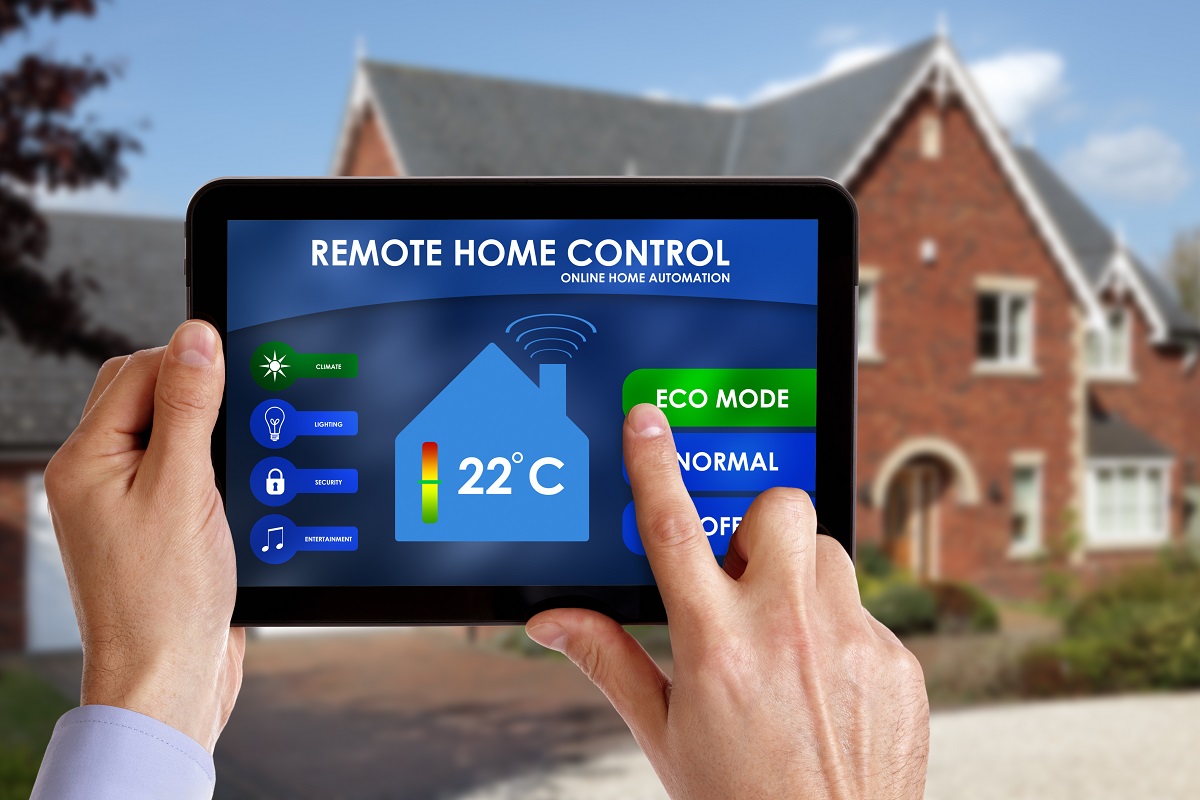- Every area of life is benefiting from technology in various ways.
- Technology has revolutionized education through e-learning, gamification, augmented and virtual reality, and adaptive learning.
- Smart home devices provide greater comfort and convenience while also helping to reduce energy consumption and costs.
- Social media and communication apps have made connecting with people worldwide more accessible than ever, including facilitating romantic relationships.
Advancements in technology have been a constant source of improvement and development for various industries. With the widespread use of technology, more opportunities for innovation have opened up, leading to a surge in growth and productivity. Numerous statistics back up the positive impact of technology on different industries.
One of the areas where technology has had a significant impact is healthcare. According to a report by MarketsandMarkets, the global market for healthcare IT is expected to grow from $227.5 billion in 2020 to $356.1 billion by 2025, at a CAGR of 9.4%. This growth can be attributed to the increasing adoption of electronic health records, telemedicine, and other digital health solutions that help improve patient outcomes, reduce errors, and cut costs.
However, technology’s improvements also affect a person’s daily life. Here are some of the best areas to utilize technology:
Education

Technology has revolutionized the way people approach education, making it more accessible and effective than ever before. Integrating technology into learning provides students with interactive and immersive experiences that enhance their understanding and knowledge retention. Here are some of the ways technology is improving education:
E-Learning Platforms
E-learning platforms use digital technology to deliver educational content to learners online. This approach to learning is highly flexible, convenient, and cost-effective, which has made it popular among people from all walks of life. Online courses, MOOCs, and virtual classrooms allow students to study independently, participate in interactive discussions, and access learning materials from anywhere.
Gamification
Gamification is applying game design elements to non-game contexts, such as education. By using game mechanics like levels, badges, and points, students are incentivized to engage with the learning materials and achieve higher levels of mastery. Gamification is particularly effective in motivating students to learn complex concepts and develop critical thinking skills.
Augmented and Virtual Reality
Augmented and virtual reality technologies provide students with immersive and interactive learning experiences that bring abstract concepts to life. Using devices like headsets or smartphones, students can explore virtual environments that simulate real-world scenarios, experiment with science and math ideas, and travel through history or geography. This approach to learning is highly engaging and has been found to improve knowledge retention and student engagement.
Adaptive Learning
Adaptive learning technologies use algorithms and data analytics to provide personalized learning experiences tailored to an individual student’s needs. These technologies assess a student’s strengths and weaknesses, then adjust the learning materials accordingly, providing additional support or challenges as needed. This approach to learning has been found to improve student engagement and increase learning outcomes.
Home Improvement

With the widespread availability of technology, it has become easier than ever to automate and improve various aspects of home life. Smart home devices enable homeowners to control their lights, thermostats, security systems, and more from any device with internet access. These changes can bring greater comfort and convenience while also helping to reduce energy consumption and costs.
Many people are also starting to work remotely, which is a popular trend made available because of technology. However, with more people working from home, it is necessary to have an efficient and comfortable workspace. Homeowners are now utilizing technology such as adjustable desks, ergonomic chairs, and noise-canceling headphones to create the perfect workspace. You can visit Syber for all your PC needs to ensure you have the best possible setup for working from home.
Social Relationships
In addition to revolutionizing education and home life, technology can also improve social relationships. With the rise of social media and communication apps, technology has made connecting with people worldwide more accessible.
Social media platforms like Facebook, Instagram, and Twitter can help people stay connected with friends and family, regardless of distance. Social media also facilitates creating communities around shared interests, which can help individuals expand their social circle and improve their mental health.
Video chat and messaging apps like Zoom, FaceTime, and WhatsApp allow people to communicate with others in real time, making it easier to keep in touch with loved ones who live far away. These apps can also facilitate group communication, which can help people stay connected with multiple friends and family members at once.
Dating sites and apps have revolutionized the way people approach romantic relationships. They facilitate meeting new people with similar interests and can offer a low-pressure way to start a conversation or ask someone out without the fear of face-to-face rejection.
Final Thoughts
In conclusion, technology has significantly improved our lives, including education, home life, and social relationships. By utilizing technology effectively, individuals can improve their relationships with others and enhance their overall well-being.

